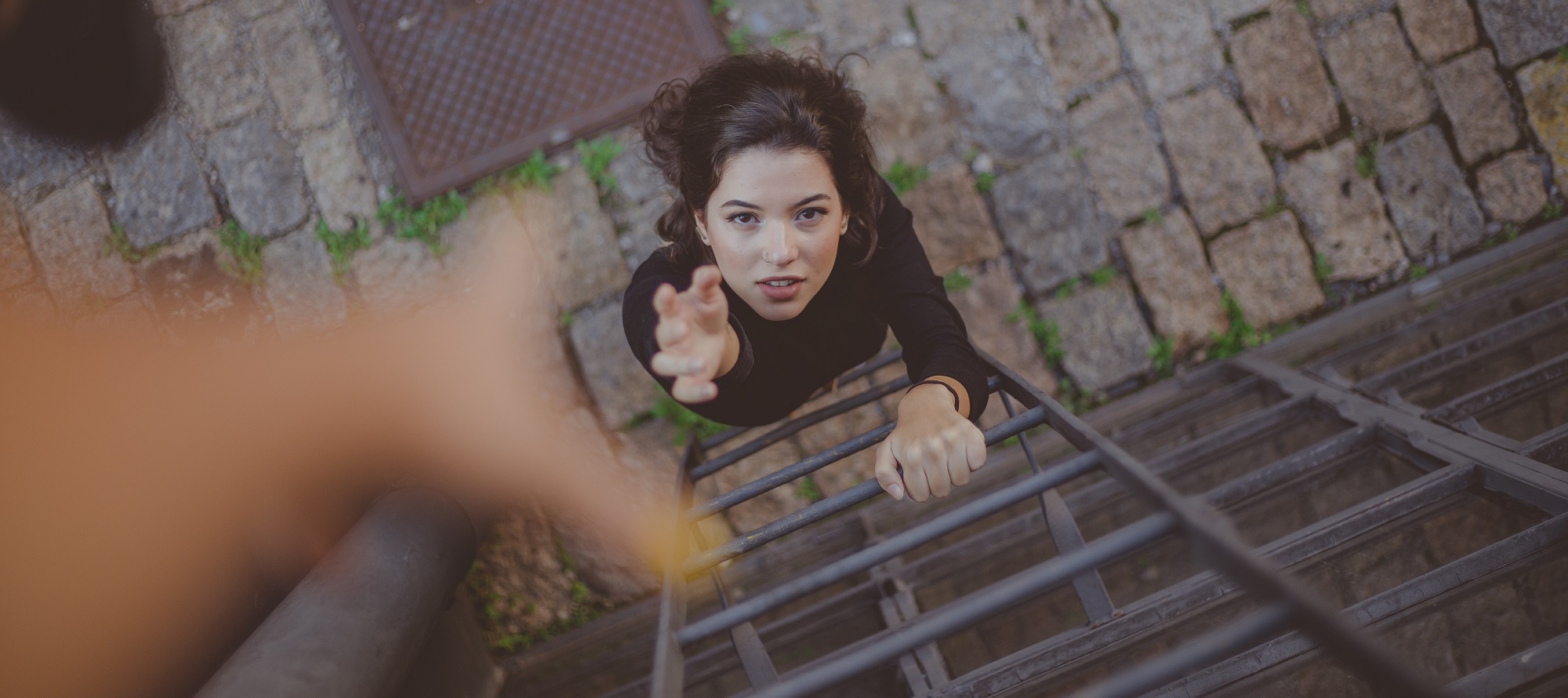Tag: aftercare
-

All Quiet on the Safety Front: About the Invisibility of Safety Work
in
Most players and some organizers might not know what the experiences before, during and after a larp are like for safety people.
-

Leaving the Magic Circle: Larp and Aftercare
in
The transition from larp to everyday life can be messy sometimes. Some thoughts on aftercare in a larp context: how to do it and why.